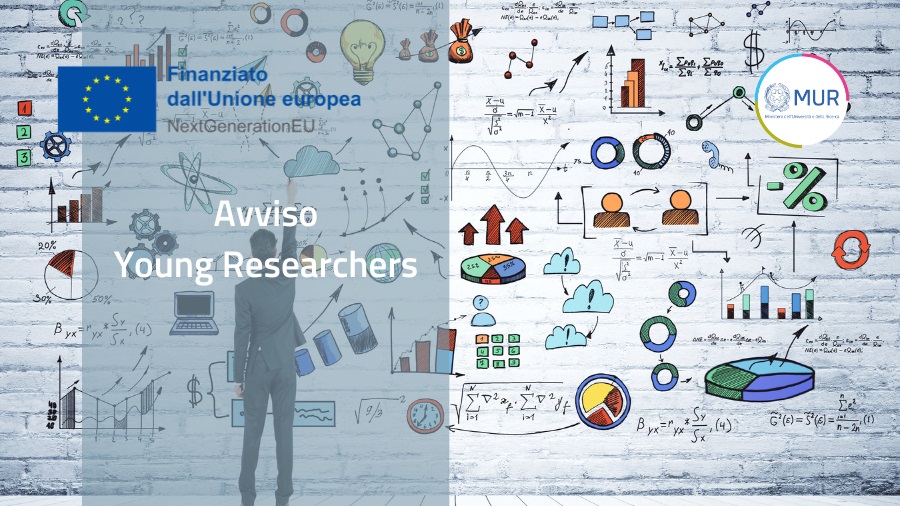 |
Alessio Ciamei and Max Schemmer have both won the "Young Researcher" grant funded by the Italian Ministry of University and Research (MUR) with 300k€, each for the next 3 years. Buona fortuna a entrambi! |
LAST NEWS
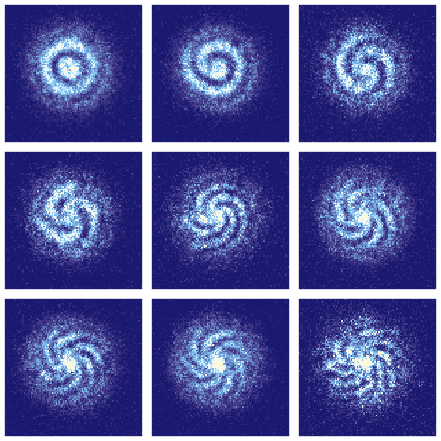 |
Persistent currents in a ring are one of the most striking manifestations of quantum system coherence. The periodic boundary constrains the wavefunction phase to wind in an integer number of complete loops, which gives rise to a current. This happens in materials with a macroscopic coherence, like superconductors or neutral superfluids, but also in mesoscopic metallic rings. Besides being a proxy of quantum phase coherence, persistent currents represent a cornerstone for many applications, from precision sensing to quantum computing, that require a fast and controlled current injection and a reliable readout of its magnitude. In our work, we realize a fast and on-demand generation of persistent currents in atomic Fermi superfluid rings and investigate their connection with vortex nucleation. G. Del Pace et al. |
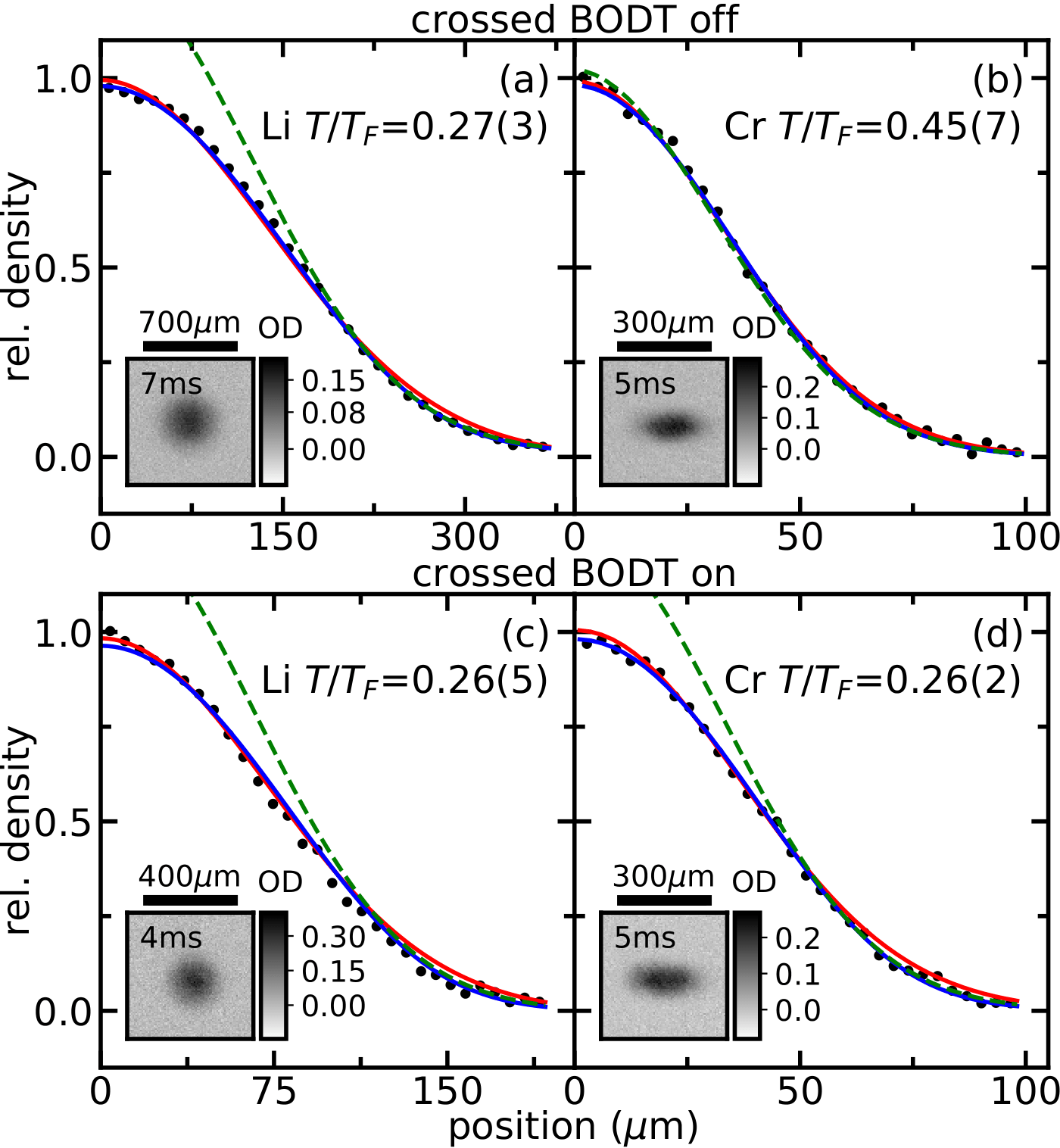 |
We have reached simultaneous quantum degeneracy for fermionic Li and Cr atoms for the first time. In this work, we explain our all-optical strategy to realize large samples of more than 2x105 6Li and 105 53Cr atoms with T/TF as low as 0.25 in less than 13 s. Moreover, by use of a crossed bichromatic optical dipole trap, we are able to control the relative density and degree of degeneracy of the mixture components. This novel mass-imbalanced Fermi mixture, which we already proved to possess suitable Feshbach resonances in a previous work [Phys. Rev. Lett. 129, 093402 (2022)], opens the way to the observation of novel exotic few- and many-body phenomena, as well as the creation of ultracold polar paramagnetic LiCr molecules. Finally, our experimental methods can be exploited to realize large Fermi gases or homonuclear spin-mixtures of 53Cr, which will enable us to investigate the effects of weak dipolar interactions on BEC-BCS crossover physics. Our results have been recently published in Physical Review A: A. Ciamei et al. |
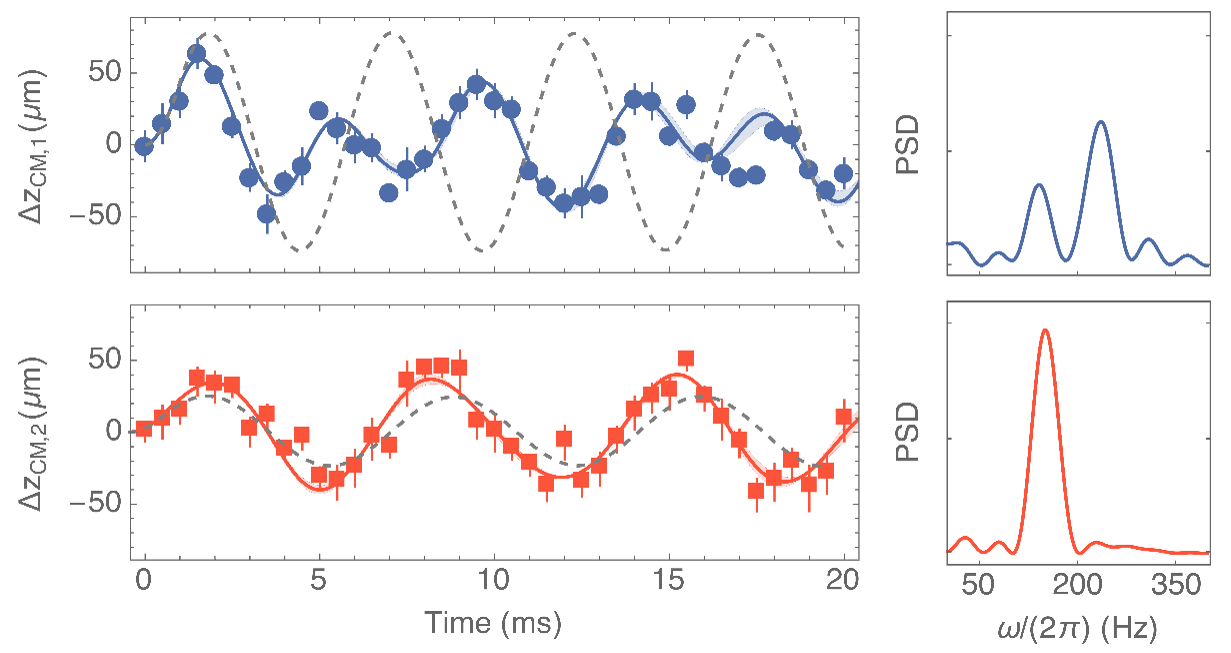 |
We studied the coupled dipole dynamics of a 41K-87Rb bosonic mixture as a function of the interspecies interaction. We measured both the frequency and the composition of the two dipole eigenmodes, from the weakly to the strongly attractive regime. For sufficiently strong interactions, even beyond the mean-field collapse, we found that the two condensates oscillate with the same frequency that depends only on the bare trap frequencies and the total mass of each species. This feature has been tested for a broad range of species population imbalance and has been demonstrated to agree with theoretical predictions. L. Cavicchioli et al. |
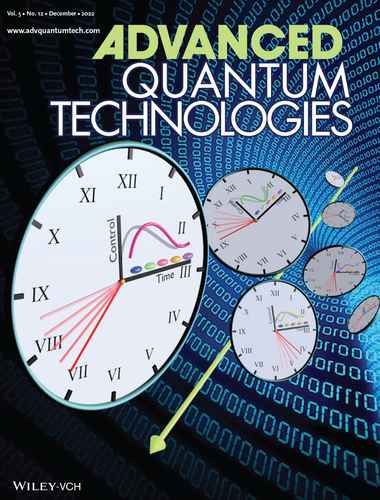 |
In this work we experimentally demonstrate that the undo of an operation is possible also in quantum regimes. The last performed operation can be time-reversed via the undo command so as to perfectly restore a condition in which any new operation can be applied by an external user. We exploit the optimal control algorithm based on the dressed chopped random basis method, to perform several time-reversal transformations. We implement this algorithm by applying different levels of complexity, in terms of control, in order to manipulate the forward and backward internal state dynamics of a 87Rb Bose–Einstein condensate within an atom chip. As well as providing a thermodynamic interpretation of our results, in this paper we demonstrate that the quantum undo command can be performed also by time-reversing an operation in a generic instant of the past. The concept of quantum undo can be thus generalized. An external user, indeed, will be able to restore not only the last but also any past step of his complex computational routine. We are confident that our successful results could be applied in the next future on a real gate-based quantum computer. I. Mastroserio, et al., Paper appeared as back cover on Advanced Quantum Technologies 12/2022. |
